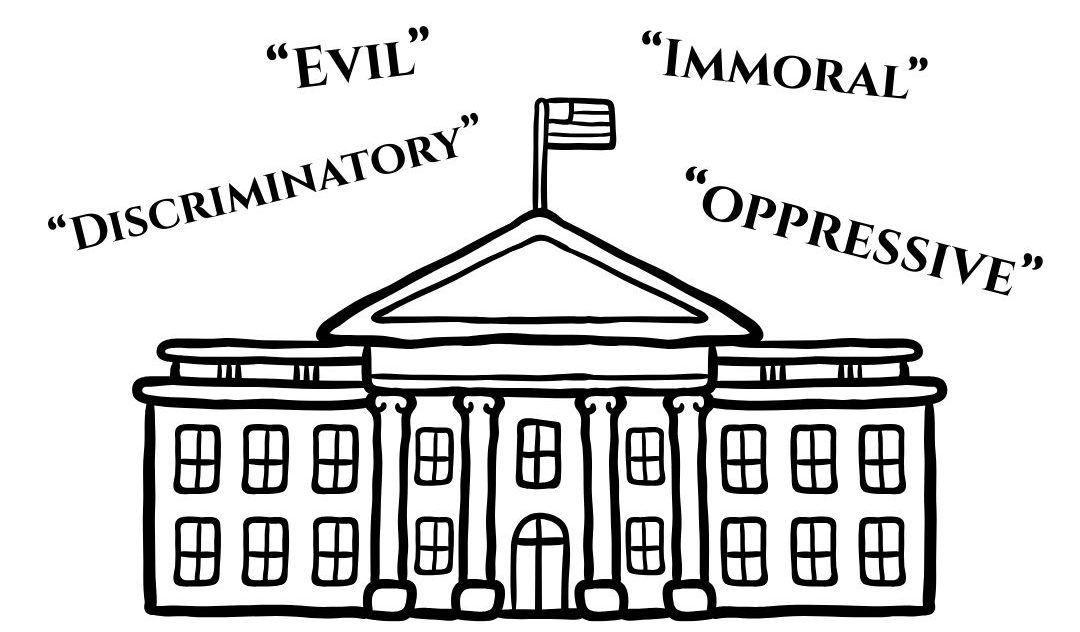Minority students recall race-related struggles in college
April 22, 2019
At midnight on a Friday, Luis Paniagua sits at Steak-n-Shake in Mattoon with his Latino group of friends and one Caucasian friend.
He is sitting in a red booth, looking over the food menu, while he speaks in Spanish to his friends asking them about their day.
In another booth near them, a group of white teenagers are sitting down.
Paniagua said he noticed that they would sternly stare at him and his friends occasionally after his friends said something in Spanish.
He said he felt uncomfortable. He and his friends stopped talking in Spanish when the group of white teenagers began making inappropriate comments loud enough for them to hear.
He said the group started talking about “the wall” that President Trump has said he wants to build to create a border between Mexico and the U.S.
Paniagua, a freshman graphic design major at Eastern, said the campus is a safe net for minority students to feel welcomed, but in surrounding communities, it is not the same.
Eastern is a predominantly white college, with an enrollment of 5,568, of whom 66.6 percent are white undergraduate students enrolled; 88.3 percent of the faculty is also white.
Black or African-American undergraduate students make up 18.8 percent of undergraduates, and Hispanic or Latino make up 6.9 percent.
After growing up in the Little Village on the South side of Chicago, Isela Diaz, a junior English major, said that Hispanics are majority in her hometown, unlike at Eastern.
She said she expected to see some cultural changes when she came to Eastern; she said she did not expect to see the Hispanic grocery stores that she was used to, nor did she think people would rely so heavily on buses to get to school at Eastern.
“Over (in the Little Village), it is in the city, so compared to Eastern it is definitely a little bit more diverse in a sense,” Diaz said. “There are students of other backgrounds in every class; like over there the minority were the white people.”
James Griffin, the principal counselor adviser for TRiO student support services, said he thinks there is an effort at Eastern to better meet the needs of the minority students, but future program development to support minority students is a little up in the air right now.
Griffin said he has noticed faculty and staff prioritize minority students by fostering a campus environment that is conducive to a blooming social life.
An alumnus of Eastern, he said he advocates for underrepresented students, knowing how often students deal with discrimination and racism on campus and in the community.
“We live in a country that have created this narrative of minorities, and many of us consciously and subconsciously subscribe to that narrative,” Griffin said. “As terrible and detrimental as this way of thinking can be, it is the world that we live in.”
Christina Harris, an African-American senior television and video production major, said she was working at Hit-Mix 88.9 when one day she decided to play a Hot Billboard song that she said is probably played on B96 FM Chicago. This station is known to play contemporary hit songs.
She later received a call from “someone with authority” saying he did not like the song because he does not like hip-hop, R&B or rap because it is associated with people who are African-American.
The exchange with the caller made Harris feel like she could not openly express herself with music, she said.
“My music is unprofessional regardless if it is swearing, doing this or whatever the case is,” Harris said. “I could listen to some slow R&B that my dad would listen to and did not matter because I was who I am.”
When Harris came as a freshman to Eastern, she said she felt welcomed by everybody, but she said she has heard from transfer students or other incoming freshman students who did not experience that same welcoming environment.
But she said off campus is a whole different story. One time she said she walked into Wal-Mart and encountered a group of white men scanning her with their eyes judgmentally. She said she felt like something she had no control over—the color of her skin—was what made those men glare, making her feel uncomfortable.
Diaz said for her, it is easier relating to people back in her hometown because they have similar backgrounds.
She notices the sometimes stark, sometimes subtle, differences between her and the rest of her classmates during conversations in class.
“What is considered normal to me is a shock to them and the same to me,” Diaz said.
She acknowledges that sometimes she is the only Latino in a classroom. She said this puts a lot of pressure on her shoulders to adequately represent the Latino population.
When it comes to instances of discrimination, Griffin said it could be a teachable moment for both parties involved.
Harris said she learned a lot about how some people disregard black women for their hair from her coworkers at News Watch WEIU last year.
A group of African-American women working at News Watch last year, most of which in the control room, told Harris that they were warned to expect to alter their naturally curly hair in the broadcast field.
Harris said she feels that it is unfair to ask women to change their hair just to satisfy a prejudiced audience.
Diaz and Griffin said having open and honest conversations and listening actively is important to overcome the unfair challenges minorities face.
Griffin said an option Eastern has is to implement more diversity and sensitivity training opportunities to people, or to provide students with cultural centers. He said hiring and retaining a more diverse faculty and staff can also positively impact the minority population at Eastern.
Yolanda Williams, an academic adviser for the Office of Inclusion and Academic Engagement, said a movement that has positively impacted the minority population in the U.S. is the Black Lives Matter movement. She said the widespread attention the movement received influenced organizations to begin creating events and workshops to support minorities.
Williams said the people who do not know about the movement and its purpose stand to benefit from attending because they have the rare opportunity to learn about minority lives and why they do, in fact, matter. The events also serve as a safe space for minority students to voice their concerns and speak out about their lives, she said.
Anyone eager to learn more about minorities should come out to these events, Williams said. The concept, and unfortunately the reality, of people refusing to go to the events is similar to her saying she does not know math, so she refuses to count, she said.
Cobi Christiancen, a graduate student in the English as a second language program, said the name “Black Lives Matter” is unfairly stigmatized because some people perceive it as ostracizing other populations of people, which is a misconception.
“I think a lot of times it just gets caught up in the name; you know, they hear one thing from one friend and one thing from an uncle, and then (it is) completely distorted,” Cristiancen said. “So, this name becomes more of an idea than a specific cause and movement.”
As a campus, Griffin said faculty and staff are not able to control what everyone does. But college is a time when people can shed their preconceived notions of others and get to know people as individuals instead of just a race or ethnicity.
“We should be proactive in our commitment to diversity and inclusion and remain steadfast in the teachings of various cultures, acceptance, access, equality and equity,” Griffin said.
Valentina Vargas can be reached at 581-2812 or at vvargas@eiu.edu.

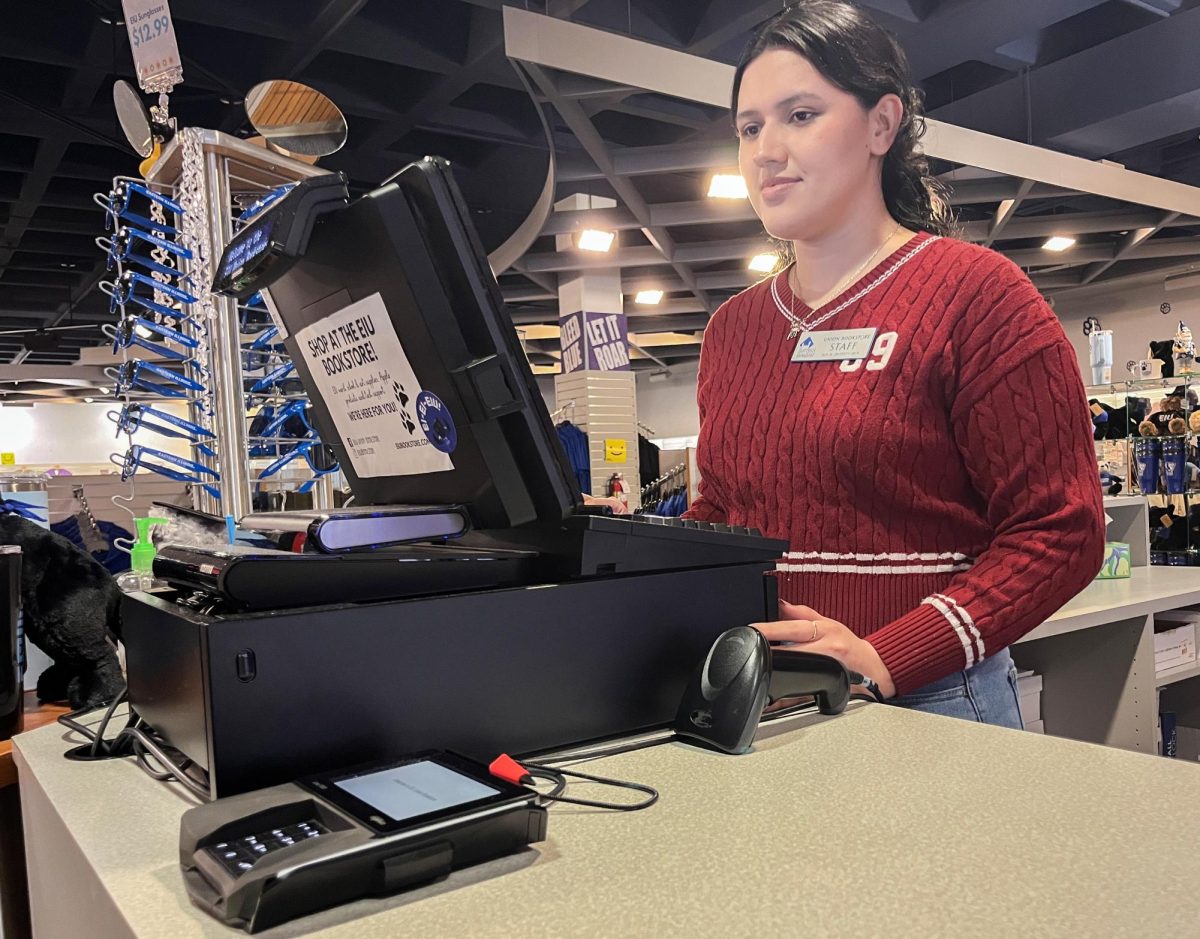

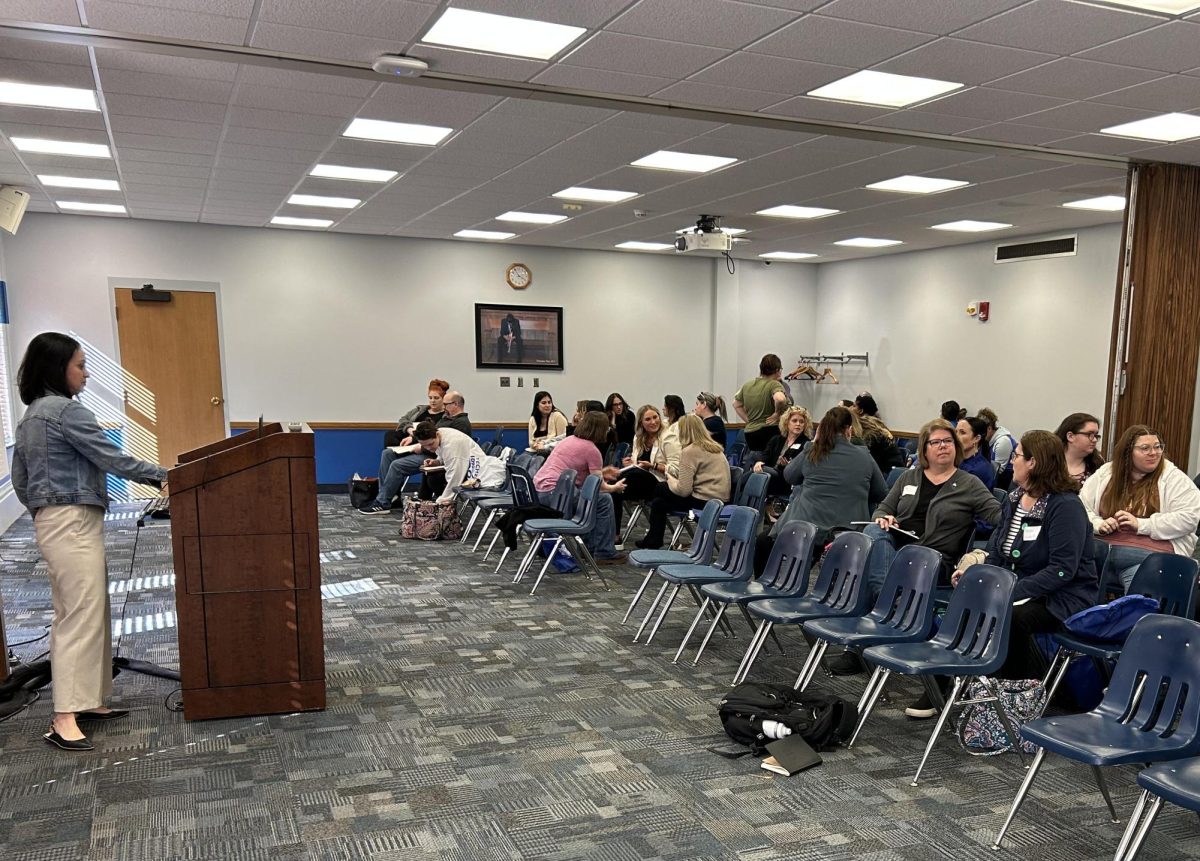
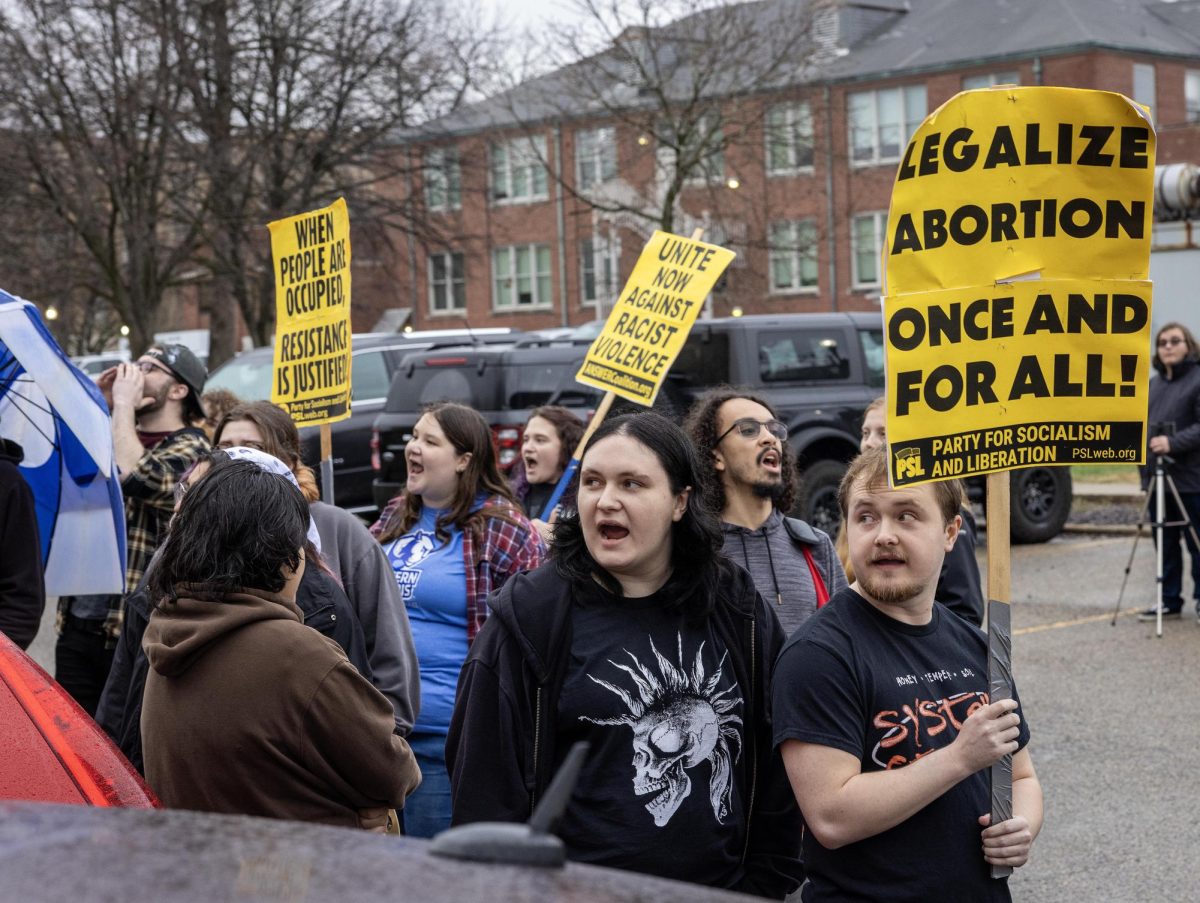
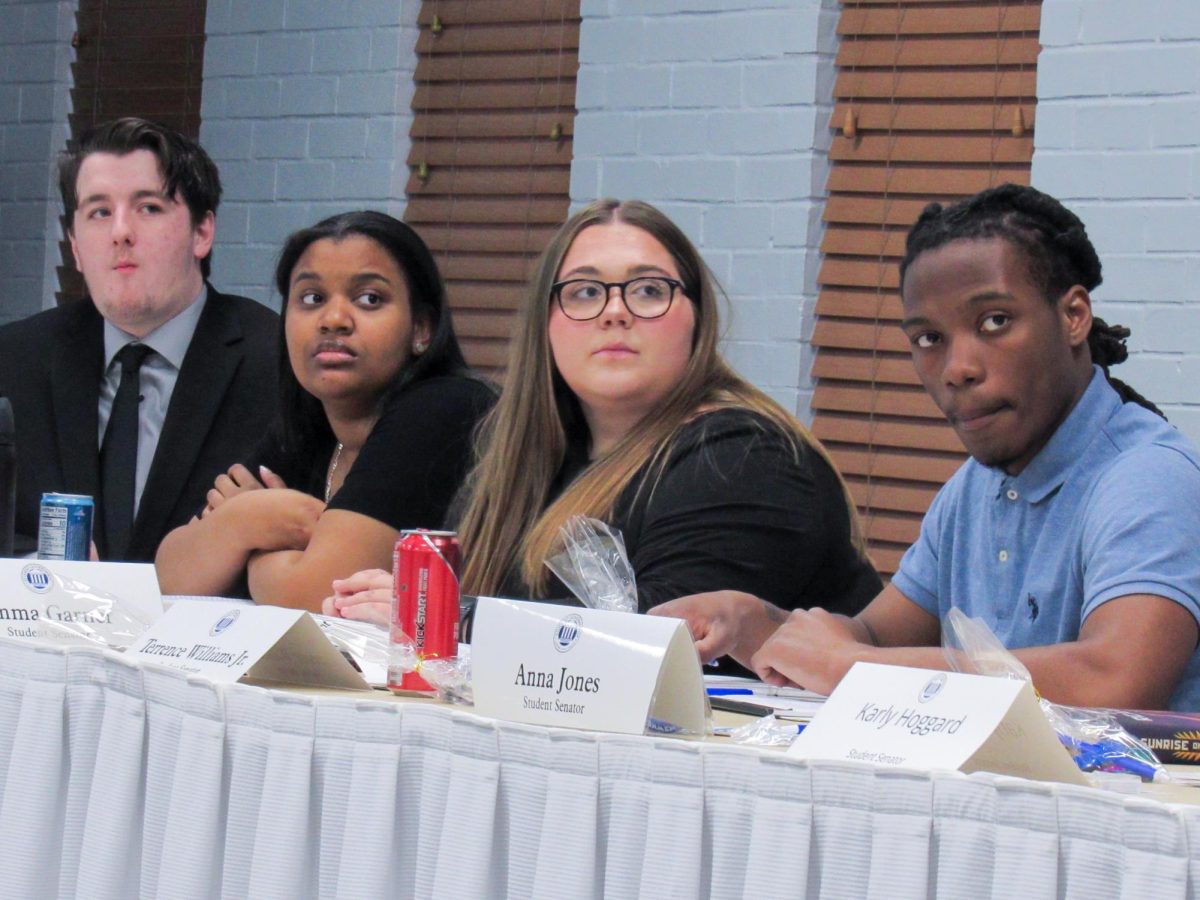

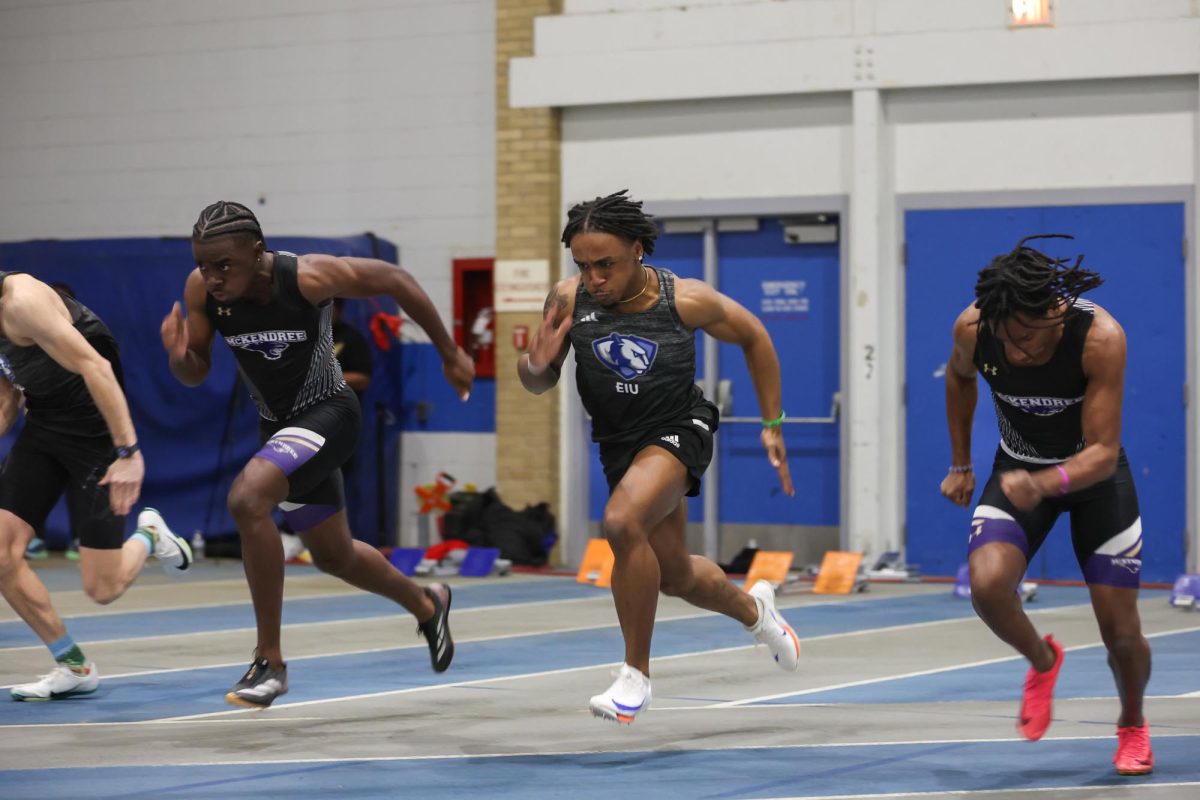
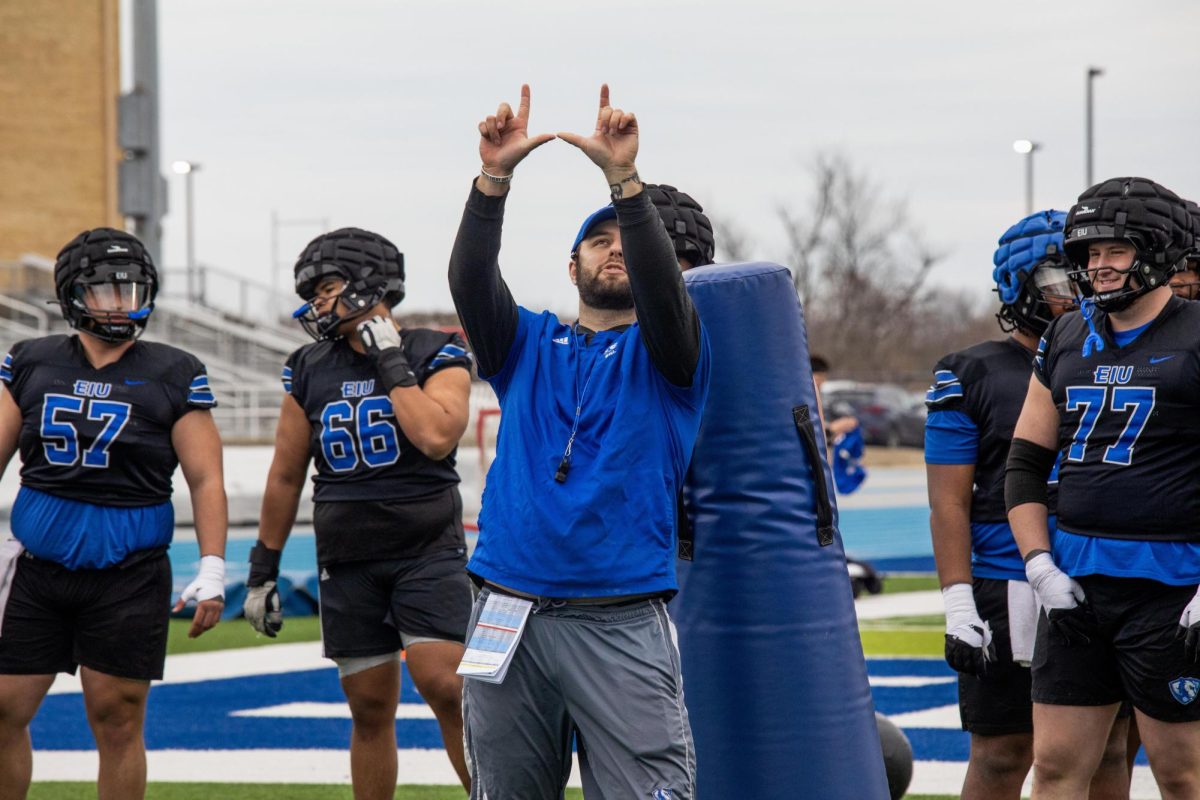

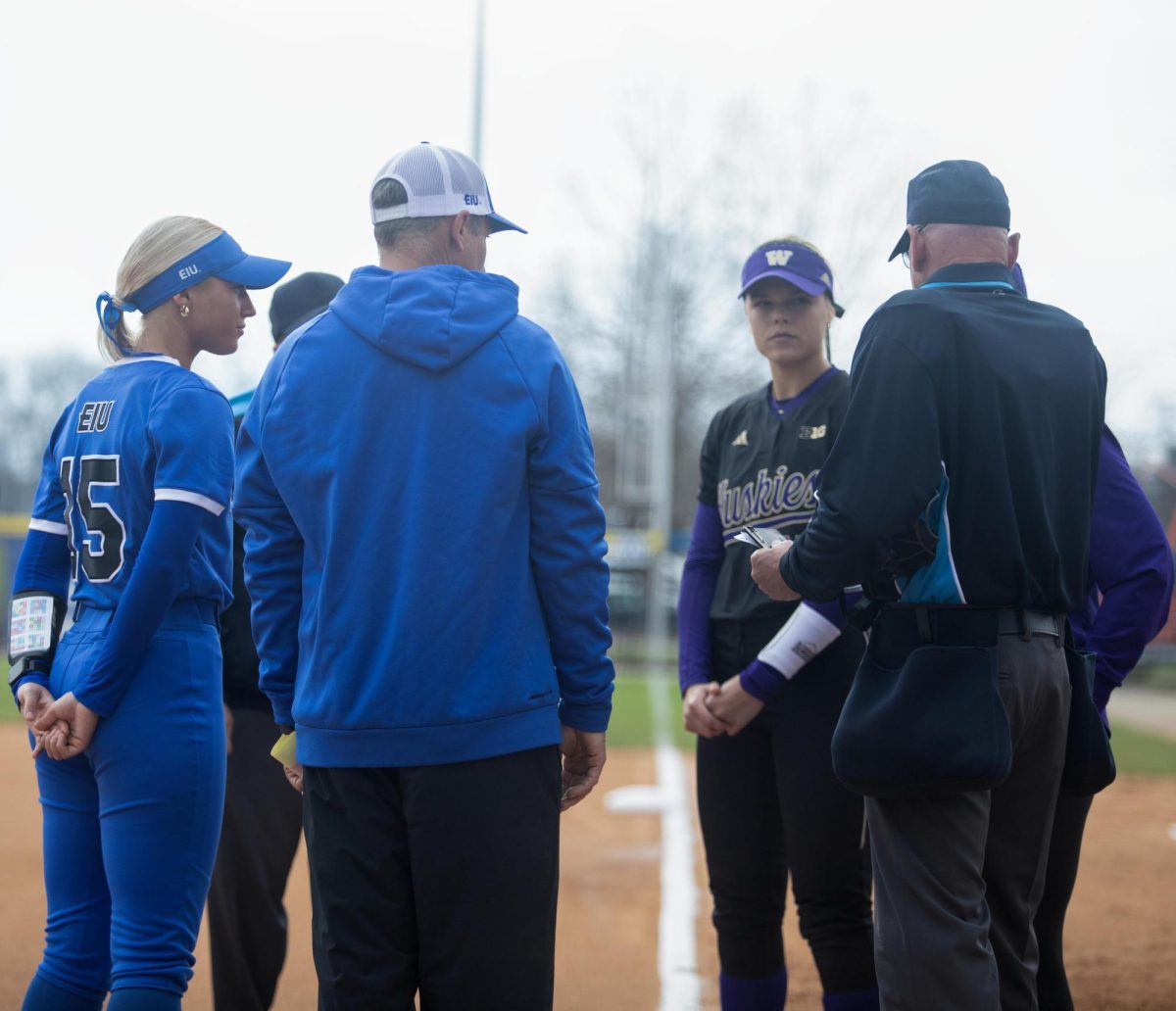
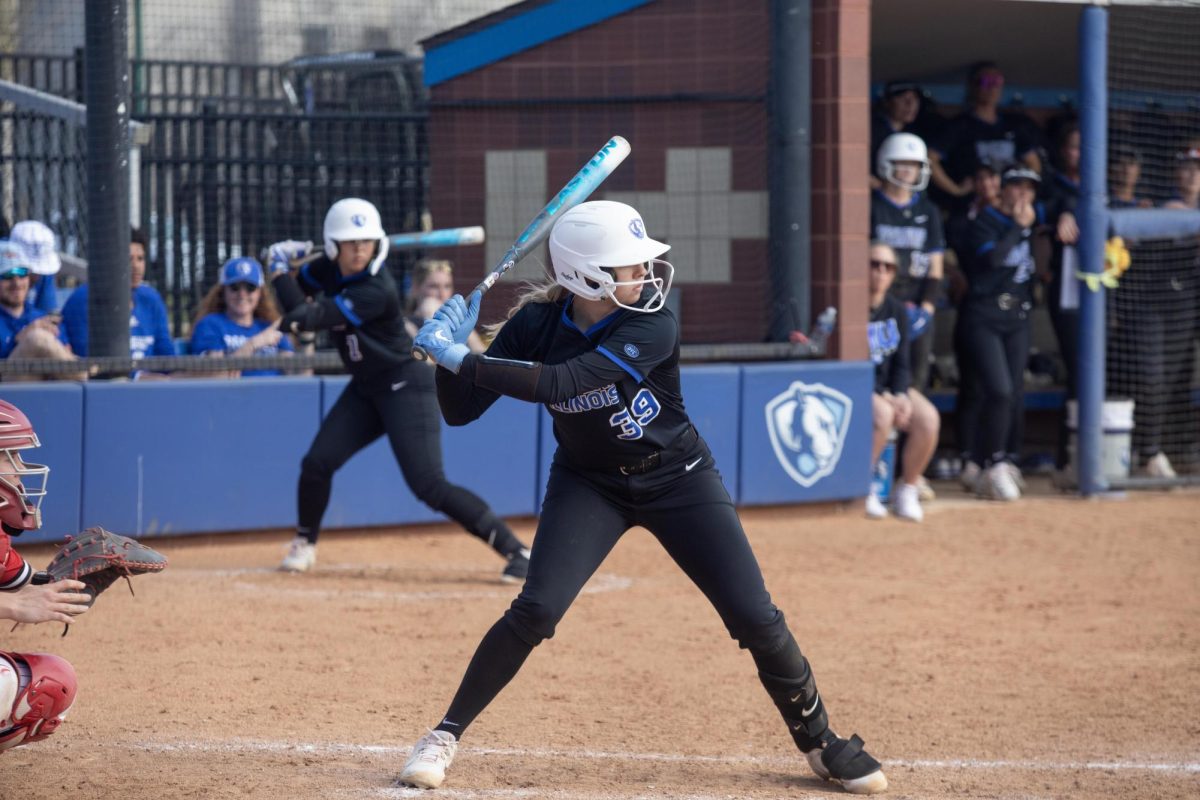
![[Thumbnail Edition] Junior right-handed Pitcher Lukas Touma catches at the game against Bradley University Tuesday](https://www.dailyeasternnews.com/wp-content/uploads/2025/03/MBSN_14_O-e1743293284377-1200x670.jpg)
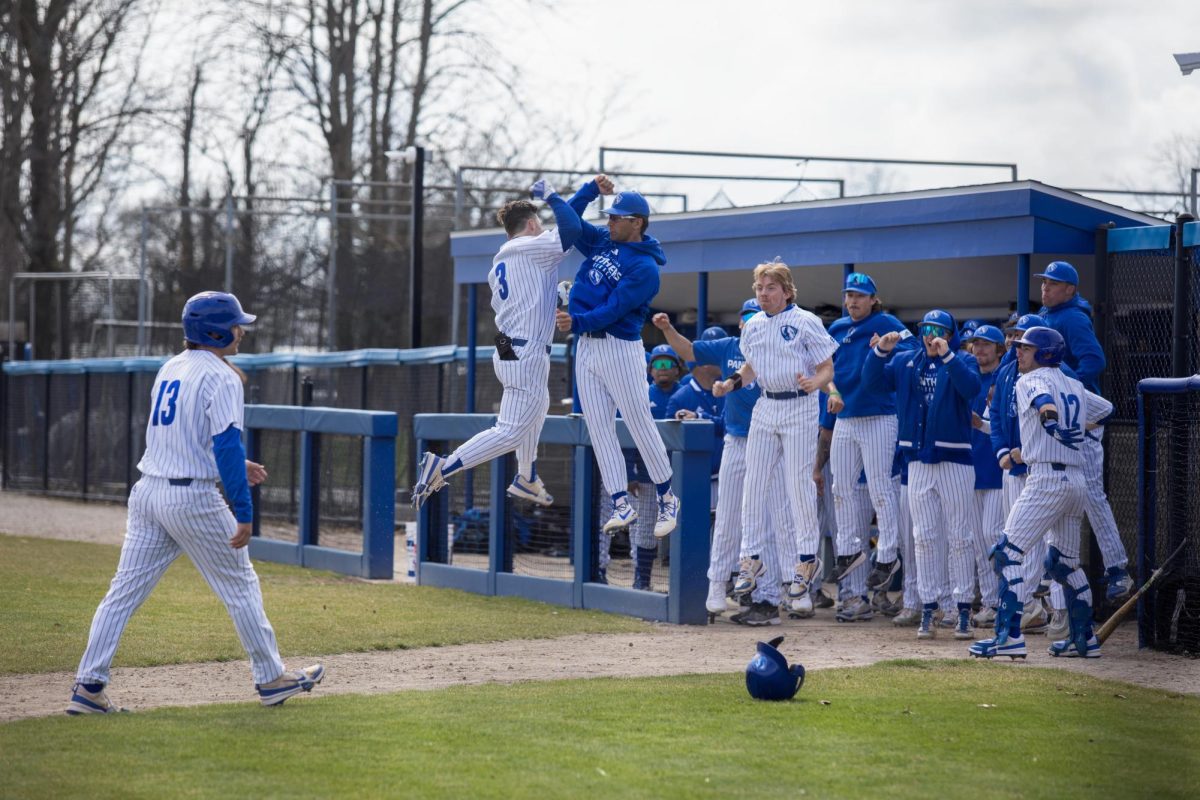
![[Thumbnail Edition] Eastern Illinois University baseball senior utility player Tyler Castro fields a ground ball during the team's first intrasquad scrimmage of the season on Jan. 31.](https://www.dailyeasternnews.com/wp-content/uploads/2025/03/BB_01_O-e1742874760130-1-e1742907504722-1200x911.jpg)
![[Thumbnail Edition] Senior Foward Macy McGlone, getsw the ball and gets the point during the first half of the game aginst Western Illinois University,, Eastern Illinois University Lost to Western Illinois University Thursday March 6 20205, 78-75 EIU lost making it the end of their season](https://www.dailyeasternnews.com/wp-content/uploads/2025/03/WBB_OVC_03_O-1-e1743361637111-1200x614.jpg)





















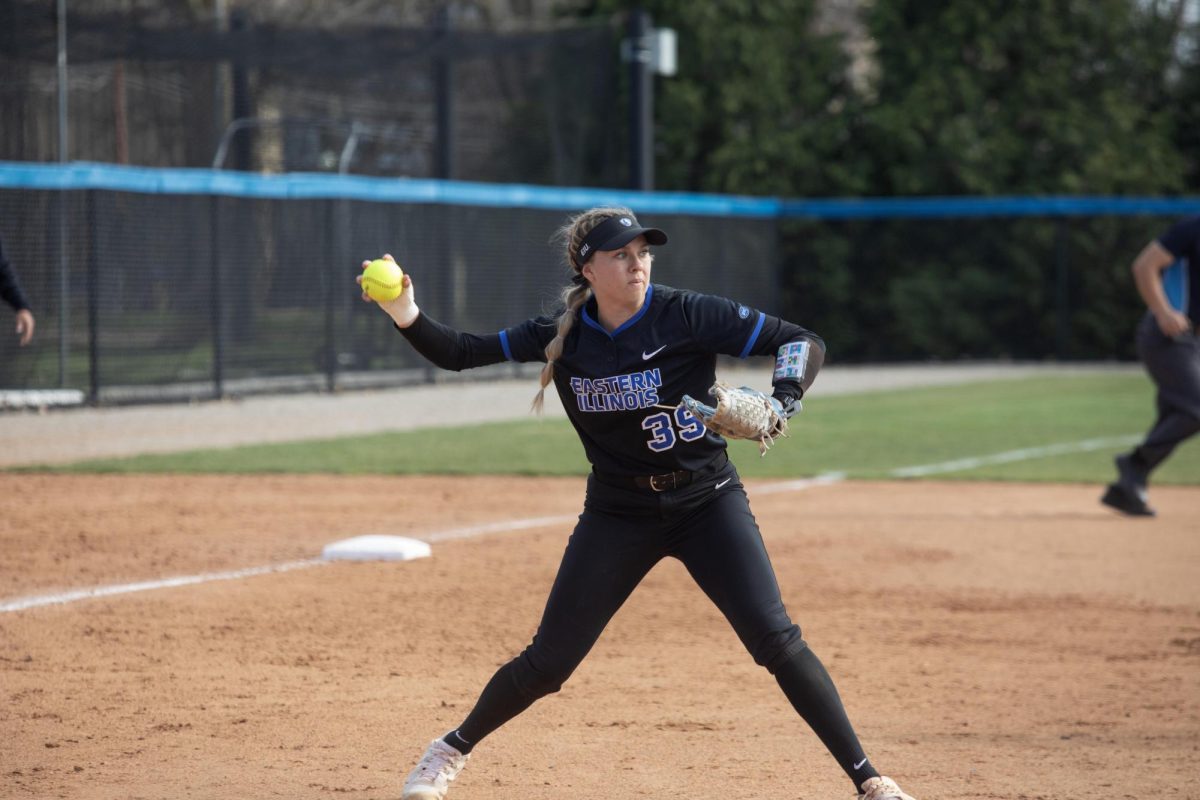
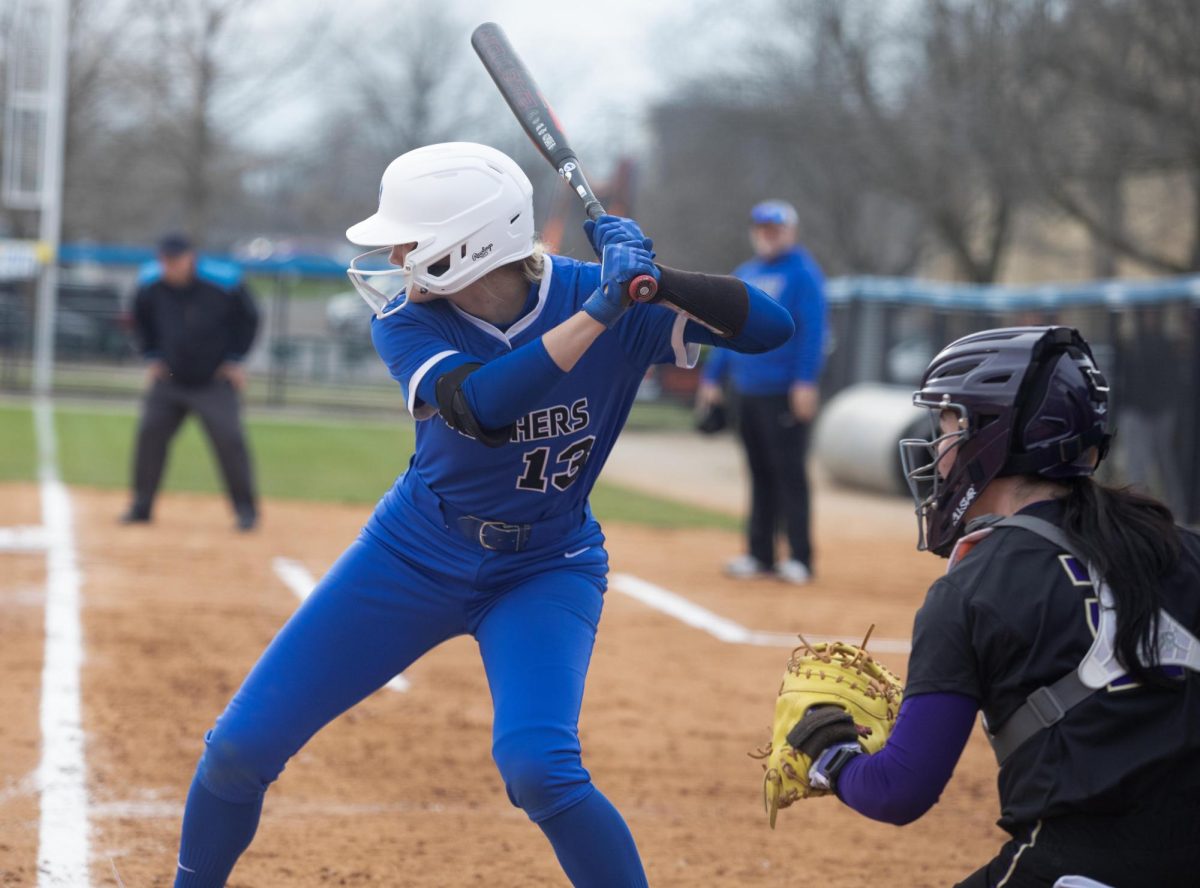













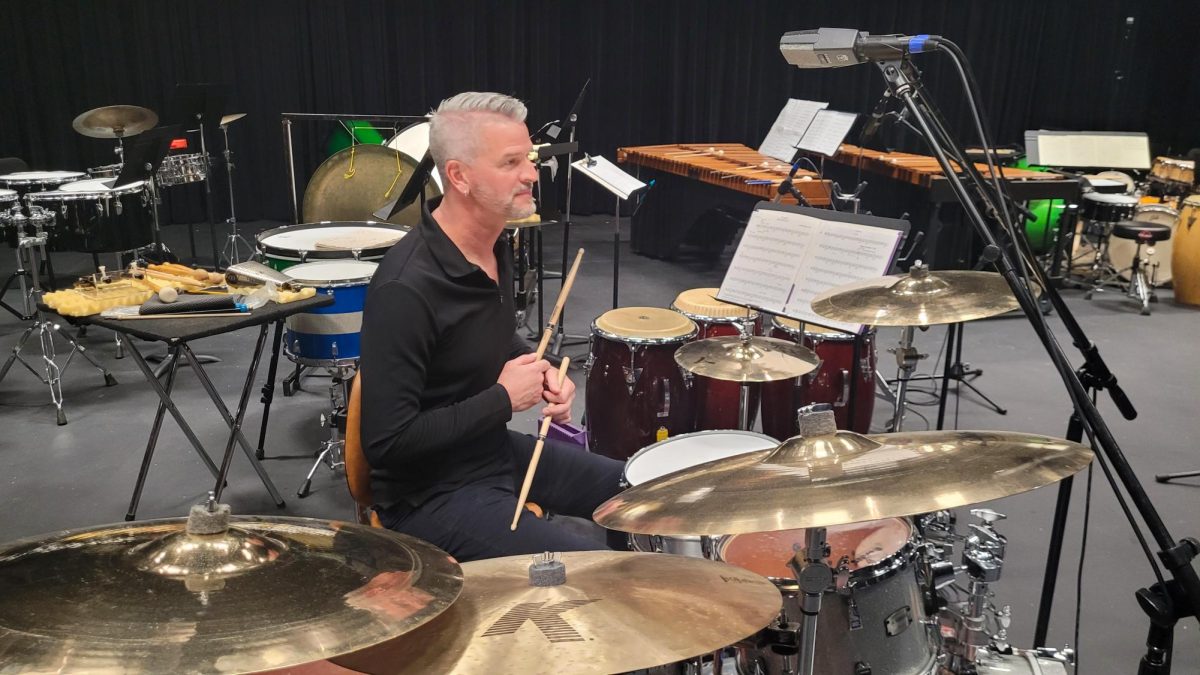
![The Weeklings lead guitarist John Merjave [Left] and guitarist Bob Burger [Right] perform "I Am the Walrus" at The Weeklings Beatles Bash concert in the Dvorak Concert Hall on Saturday.](https://www.dailyeasternnews.com/wp-content/uploads/2025/03/WL_01_O-1200x900.jpg)
![The team listens as its captain Patience Cox [Number 25] lectures to them about what's appropriate to talk about through practice during "The Wolves" on Thursday, March 6, in the Black Box Theatre in the Doudna Fine Arts Center in Charleston, Ill.](https://www.dailyeasternnews.com/wp-content/uploads/2025/03/WolvesPre-12-1200x800.jpg)


